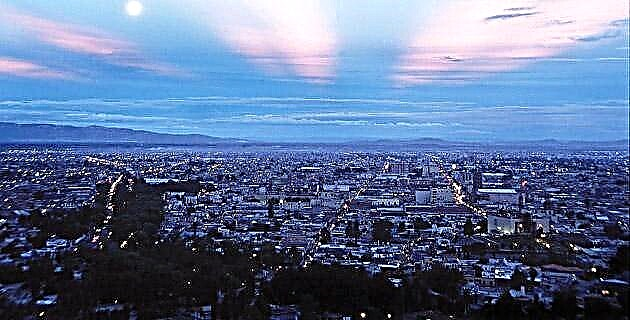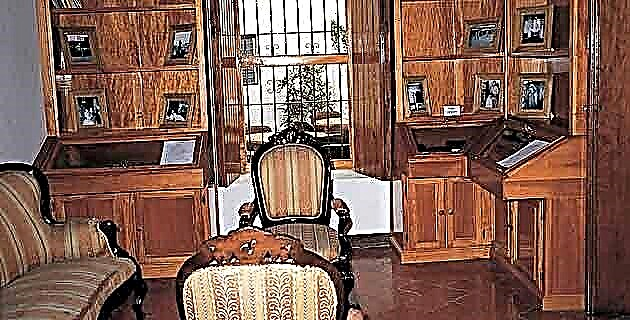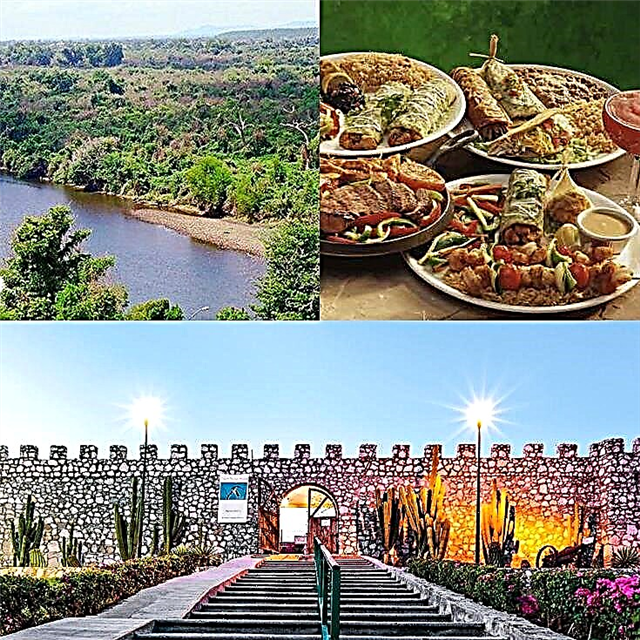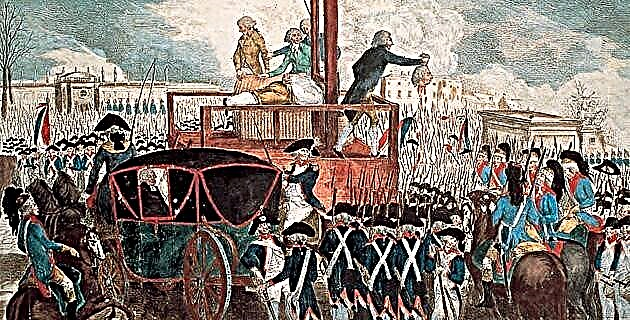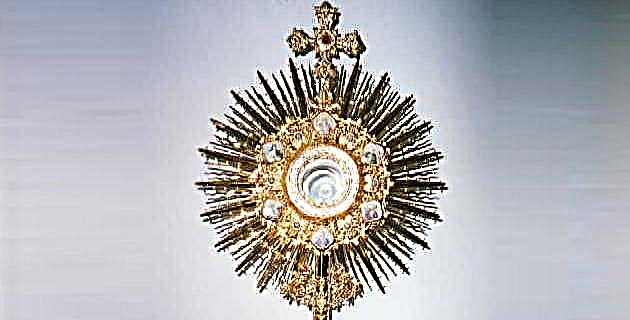
We lived at number 7 Calle de Meleros; a big, damp house, lit at night by the flames of the lamps.
We lived at number 7 Calle de Meleros; a large, damp house, lit at night by the flames of the lamps.
Aunt Ernestina wore powder and rouge on her face, and she took Grandmother by the arm, who, due to rheumatism, was limping. At five in the afternoon of every Friday the first of the month, they hurried their pace to reach La Profesa. The bell tolled, insistently warning: "The Blessed Sacrament is alone." Many rosaries were prayed over and over again. When they were satisfied with their religious duties, in the same slow way as they had left, they returned to the familiar environment, always perfumed with incense mixed with mothballs.
"To the souls I went back to the house." Obeying this popular saying, the grandfather arrived before the chocolate was served; just at the moment that the bells of the Cathedral, and of the churches of Santa Inés and Jesús María, among others, gave the daily "touch of souls" to pray for the souls in purgatory.
After dinner we got into talks about ghosts, ghosts and lost souls, which many swore they had seen on the poorly lit streets of the city.
Eusebio Carpio Olmo, the old bell-ringer of the Cathedral and our neighbor, often joined in the talks that lasted until the “ringing of matins”.
Don Eusebio told us legends, learned during his youth, in relation to his trade. I think he took great pleasure in giving us “goose bumps”.
In pre-Cortesian times the use of bronze was not known, but it is well known that cannons, in Europe, were fused with this alloy. When Hernán Cortés learned that tin mines were in the Taxco region, he sent explorers to obtain the coveted metal, and to report on the mineral wealth of that area.
Cortés was able to cast bronze cannons and, later, after the Conquest was consummated and tempers had somewhat calmed, the metal had a much more gentle and charitable purpose: to cast numerous bells for the new temples that were being built.
As children they told us that some bells, like those in the Puebla Cathedral, were raised by angels. We liked fantasy more than historical data.
Life in Mexico City was governed by the tolling of the Cathedral bells and "the many towers of its churches," according to Luis González Obregón.
Several times we went up with Don Eusebio to the Cathedral bell tower. One day he told us that the bell "Doña María" was lowered on March 24, 1654 to change it to the other tower. On the 29th of the same month it was finally installed.
"The said Doña María bell was cast together with the San Joseph in the year 1589." Famous smelters, such as Simón and Juan Buenaventura, are the authors of these bells.
In his book Colonial Art of Mexico, Don Manuel Toussaint consigns a document from 1796 with the list of the bells of the Cathedral of Mexico: Santa Bárbara, Santa María de los Ángeles, Santa María de Guadalupe, Señor San José and San Miguel Arcángel. The shears of San Miguel and Señor San Agustín. Also San Gregorio, San Rafael, San Juan Bautista y Evangelista, San Pedro and San Pablo.
The same text records dates when famous authors, such as Hernán Sánchez Parra, Manuel López and José Contreras, cast bells, esquilones, shears and trebles.
The religious sentiment of the Colony can be seen in the names that the bronzes bear: San Pedro and San Pablo, San José, San Paulino Obispo, San Joaquín and Santa Ana, La Purísima, Santiago y Apóstol, San Ángel Custodio, Nuestra Señora de La Piedad, Santa María de Guadalupe, Los Santos Ángeles, Jesús and Santo Domingo de Guzmán.
“Many historical peals could be remembered from viceregal times; But one became famous in the period of the war of insurrection, that of `Holy Monday ', April 8, 1811, when the news of the prison of Hidalgo, Allende and other initiating leaders of Independence was received on the afternoon of that day. ; the peal filled the royalists with pleasure and sounded like a double in the insurgents' ears. "
Another chronicle tells us: “Sad and suffering were the cries and doubles for the dead. One, when the death of the person is known; another, when leaving the parishes the acolytes with the cross and the candles, and the clergymen dressed and with their breviaries, to bring the body of the deceased; another when entering back to the temples; and the last by burying him in the atrium or Camposanto.
The shearing is a bell smaller than the esquilón and it is made to ring giving it "rope".
The so-called tiples are small bells, with a sharp sound, placed in the arches of the towers; when played together with the big ones, which are low, they produce a nice combination.
Smaller bells were melted in the 16th century, characterized by an elongated shape that gradually disappeared, to make them smaller and larger in diameter.
In the seventeenth century, small bells were melted and, after consecrated, they were used to “help the faithful to die well”.
Many times the city woke up with the sad touch of "vacancy", which announced the death of the archbishop. Then the main bell rang 60 times to announce that the pastoral chair was empty.
There was also a "call of prayers" to reach the remedy in case of serious need: earthquakes, storms, droughts, hailstorms, floods or when the procession of the "Green Cross" left, on the eve of the autos-da-fé.
The bronzes have been sounded for liturgical reasons, calling the solemn Deumpor the birthday of a viceroy or emperor, as well as for a wedding or baptism.
They also played during the popular uprisings of 1624 and 1692, when the Royal Palace and the Houses of the Cabildo burned down.
From the top of the bell tower of the Cathedral, we can clearly see the dome of Santa Teresa "La Antigua", the temple of Santa Inés and, beyond, La Santísima. Time has not passed; these buildings have trapped it between their whitewashed walls. Sometimes they let out voices and wails of ghosts locked in them. The old sigh for all their "January and February that is gone", so they will not return.
At this moment the bells announce the “Angelus”… Ave Maria gratia full… the doves fly over the atrium in greeting while the outburst lasts.
Peace returns. Silence. The old bell ringer died at his post. Without him, life was not the same ... I thought of the poet:
If they were forever silent, What sadness in the air and in the sky! What silence in the churches! What strangeness among the dead!
Your son will take his place, he will do his job as he taught, he will give the tolls of the dead and of glory.
A memory for the ringer, the grandparents and the poet; also for those who have passed on the traditions by word of mouth, from evening to evening and from after dinner to dinner. For those who, lit by the oil flame, taught us to decipher the noises of the night.
The last of the prayers for the hand that pulls the rope. With little strength, or because of the soul that will soon leave and, despite everything, with his call he reminds us that: "The Blessed Sacrament is alone."
Source: Unknown Mexico No. 233 / July 1996


